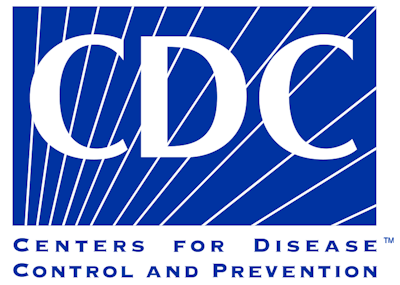
A new report from the Centers for Disease Control and Prevention shows that drowning rates in the United States have increased for the first time in decades.
According to the report, over 4,500 people drowned each year in the United States from 2020–2022. That's about 500 more drowning deaths each year compared to 2019. Groups already at higher risk saw the greatest increases in deaths, including young children and older adults of all races and ethnicities, and Black people of all ages.
“When I just look at the overall numbers, with over 4,000 people dying – that’s over 12 people a day – that’s really one person every two hours. And those are lives, not numbers,” Dr. Debra Houry, chief medical officer for the CDC, told CNN.
Specifics from the report follow:
Drowning deaths differed by age
- Drowning is the leading cause of death among children ages 1–4.
- Drowning increased by 28% among children ages 1–4 in 2022 compared to 2019.
- Adults 65 years of age and older had the second highest rate of drowning.
- Drowning increased by 19% in adults ages 65–74 in 2022 compared to 2019.
Drowning deaths differed by race and ethnicity
- American Indian or Alaska Native (AIAN) people had higher drowning rates than any other race and ethnic group.
- Although drowning did not increase among AIAN people during 2020–2022, rates in this group remained higher than those of any other race or ethnicity.
- Black people have the second highest drowning rates.
- In 2021, drowning increased 28% among Black people compared to 2019.
40 million adults do not know how to swim
Basic swimming and water safety skills training is a proven, effective way to prevent drowning. Some groups of people are less likely to report taking swimming lessons.
- More than 1 in 3 Black adults (37%) reported not knowing how to swim compared to 15% of all adults.
- About 2 in 3 Black adults (63%) reported never taking a swimming lesson.
- About 3 in 4 Hispanic adults (72%) reported never taking a swimming lesson.
Differences in access to swimming lessons are one barrier that could contribute to these outcomes. Swimming lessons can be expensive or may not be available in some communities. When swimming lessons are available, some people may be hesitant to participate due to complex social and cultural factors. Everyone should have access to basic swimming and water safety skills train





































